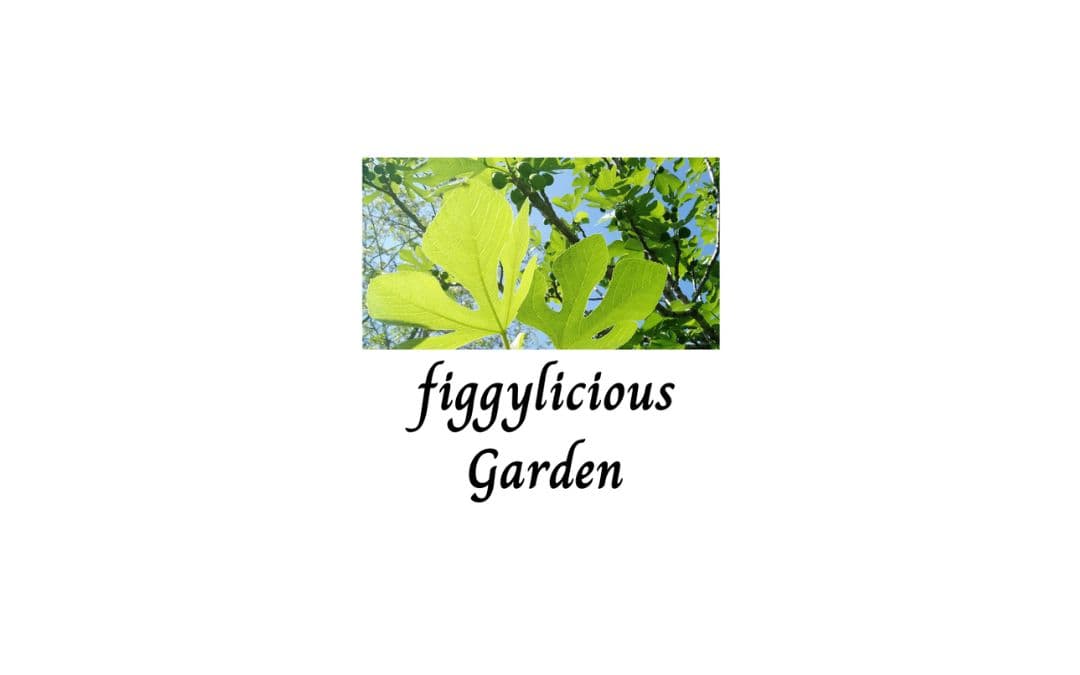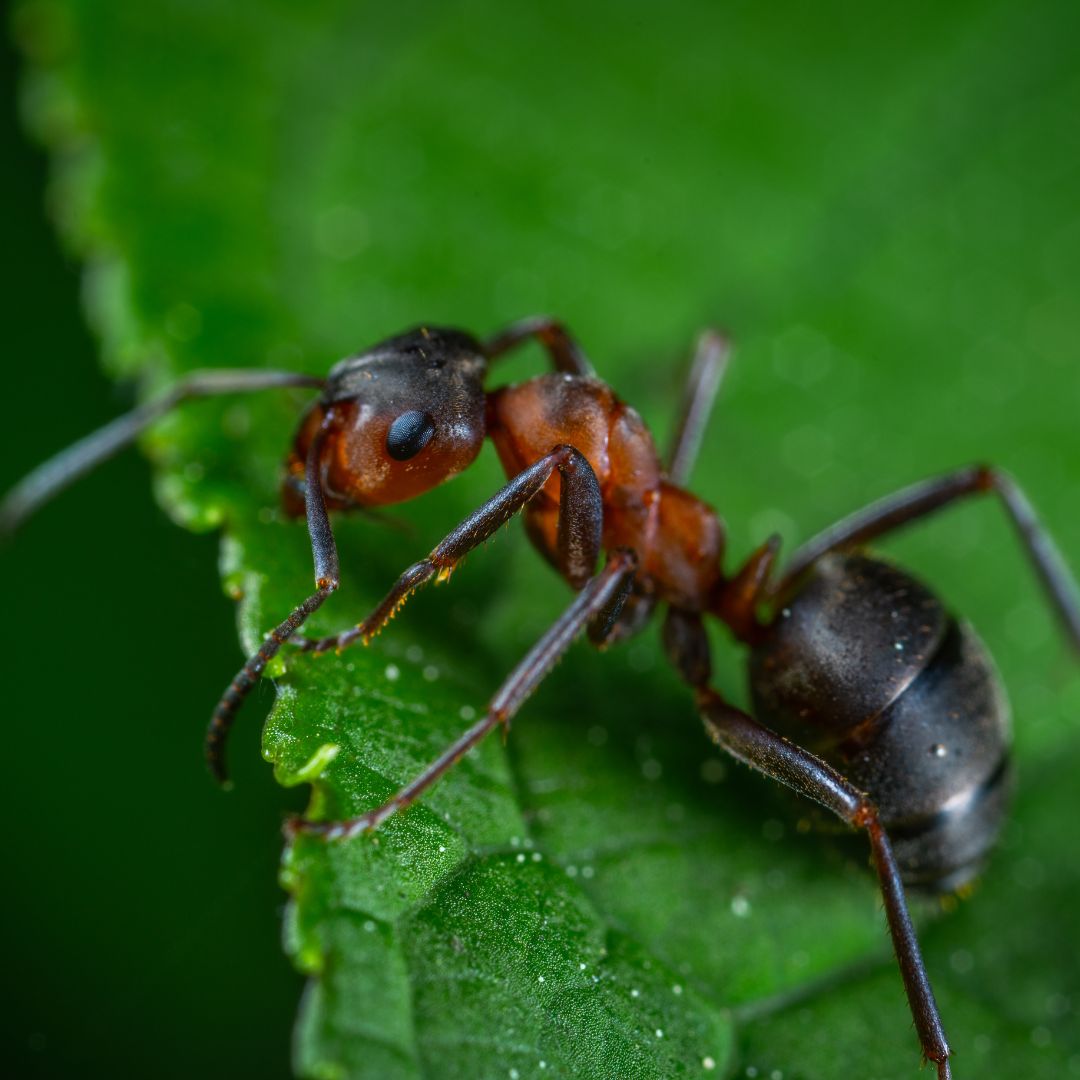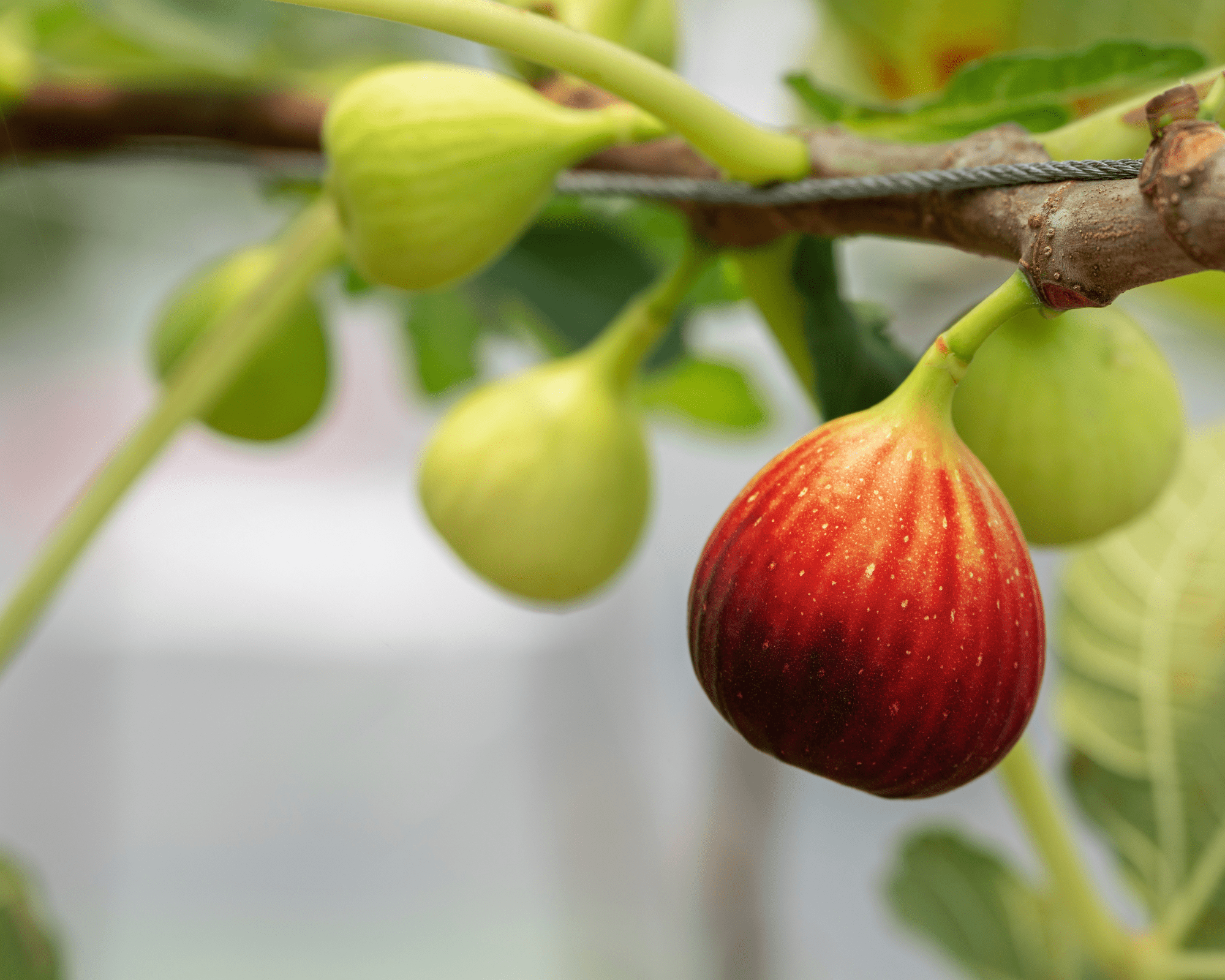Please read the full disclosure for more info. 💚
Protect Your Figs from these Pesky Garden Pests:
1. Aphids
Aphids are small, soft-bodied insects that suck sap from the leaves of fig trees. They can cause leaves to curl or yellow, and they often leave a sticky residue called honeydew behind. I’ve been checking my fig tree’s leaves regularly, and I’ve heard that soapy water can do wonders to get rid of aphids. If I see any, I’ll wash them off with a mild soap and water solution, as simple as that.
2. Spider Mites
Spider mites are another pest that can attack fig trees. They’re tiny and hard to see, but you’ll notice their presence if you see yellow or speckled leaves and tiny webs on the branches. I’m planning to keep my fig tree well-watered, as spider mites thrive in dry conditions. If I do find any, I’ll treat them with a natural miticide or just spray them off with water.
3. Fig Beetles
In some regions, fig beetles can become a problem. They feed on the fruit and can leave behind damage. If I notice any beetles around my tree, I’ll set up some traps or simply hand-pick them off the tree. No need for harmful chemicals.
4. Mealy Bugs
Similar to aphids, mealybugs also feed on your fig tree’s sap, weakening it over time. They leave behind a white, waxy substance that can cause sooty mold to grow on your leaves and stems. You must keep an eye also with this kind of plant pests
5. Scale Insects
Scale insects are tiny pests that attach themselves to branches or leaves. They’re hard to spot because they look like little bumps or shells. Like aphids and mealybugs, they suck sap from the tree, leading to weak growth and potentially transmitting diseases. I pluck them off from my fig tree when I see some.
6. Whiteflies
Whiteflies are another common pest that loves fig trees. They feed on the plant’s sap and leave behind honeydew. Their presence can lead to stunted growth and sooty mold, not good for the health of my fig trees as well.
Dealing with Ants in the Garden
While ants themselves don’t directly harm fig trees, they’re a huge nuisance in my garden. Ants are notorious for farming aphids, mealybugs, and other sap-sucking pests. They protect these pests in exchange for the sugary honeydew they produce, and in turn, help these pests proliferate.
Why Ants Are a Problem:
Ants Protect Aphids: As mentioned, ants will protect aphids and other pests from natural predators, allowing these sap-suckers to thrive on fig trees.
Ant Nests in Pots: Ants can also build nests in your potted plants, potentially disturbing the roots or compacting the soil, which harms the plant’s ability to grow properly.
Disrupt Soil Health: Though ants are known for aerating the soil, excessive tunneling can disrupt the soil structure, especially in potted figs, leading to poor root development.
How I Control Ants in My Garden:
By Applying Cinnamon or Diatomaceous Earth: I Sprinkle cinnamon or diatomaceous earth around my fig trees in pots. Both deter ants from entering or nesting in the area. Ants hate the cinnamon scent.
By Making AVinegar Solution: I Mix equal parts of vinegar and water, and spray it around the base of my fig tree. This solution disrupts the ants’ scent trails and deter them from returning.
By Boiling Water: When ants have built a nest inside the pots, I carefully pour boiling water over the nest to eliminate them. I do it very carefully so not to damage my fig tree’s roots.
Buying Bait Traps: Sometimes I use eco-friendly ant bait traps to attract and kill the ants. This can help reduce their numbers without harming your fig trees.
- Removing Manually- For me, this is the best and fastest solution without spending money on any ant traps. I use my fingers to crush them.
Tip: General Pest Control Methods for Fig Trees
While controlling ants is crucial, there are other ways to protect your fig trees from pests:
1. Prune Regularly: Regularly prune your fig tree to remove any diseased or damaged branches. This will help prevent pests from finding hiding spots and reduce the chances of infestation.
2. Use Insecticidal Soap: You can use organic insecticidal soap to target aphids, mealybugs, and scale insects. It works by suffocating the pests, without harming your tree or the environment.
3. Encourage Beneficial Insects: Introduce ladybugs or lacewings into your garden. These beneficial insects feed on aphids and mealybugs, helping to keep pest populations in check naturally.
4. Neem Oil: Neem oil is an organic pesticide that can be used to combat a variety of pests, including aphids and scale insects. It works by disrupting the pest’s ability to reproduce and grow, leading to natural control.
Final Thoughts
Pest control is an ongoing task in fig gardening, but with the right strategies, you can keep your trees healthy and pest-free. Ants, while not directly harmful, can be a major contributor to pest problems if left unchecked. By using natural deterrents and introducing beneficial insects, you can protect your fig trees and other plants from these persistent pests.
Now that you’ve learned how to control common fig tree pests and manage ants, you’re one step closer to healthy, thriving figs! Don’t forget to check back tomorrow for Day 6 when we’ll dive into watering tips for your fig trees. Check for Day 6 Here!🌱


